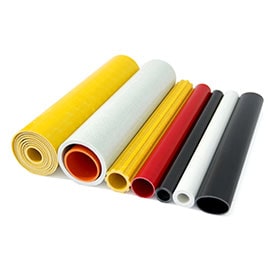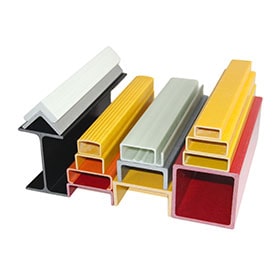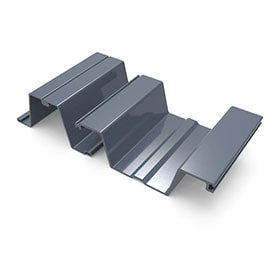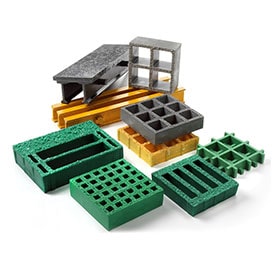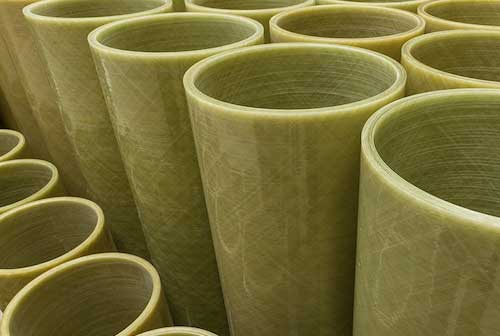
Unsaturated polyester resin (UPR) is a widely used resin in the manufacturing of fiber reinforced pipes (FRP). It is a thermoset resin that cures to form a strong, durable matrix that bonds to the fibers to provide the pipe with its strength and stiffness.
The strength of FRP pipes is affected by a number of factors, including the type and quality of UPR used, the type and amount of reinforcement, and the manufacturing process.
Type and quality of UPR
The type and quality of UPR used have a significant impact on the strength of FRP pipes. Higher-quality UPRs typically have higher strength and stiffness than lower-quality UPRs.
UPRs are typically classified by their degree of cure, which is a measure of how fully the resin has reacted. Fully cured UPRs are stronger and stiffer than partially cured UPRs.
UPRs are also available in a variety of formulations, each with its own strengths and weaknesses. For example, some UPRs are better suited for high-temperature applications, while others are better suited for applications where resistance to chemicals is important.
Type and amount of reinforcement
The type and amount of reinforcement used also have a significant impact on the strength of FRP pipes. Glass fiber is the most common type of reinforcement used in FRP pipes. Other types of reinforcement include carbon fiber, aramid fiber, and basalt fiber.
The amount of reinforcement used is typically expressed as a percentage of the total volume of the pipe. More reinforcement results in a stronger pipe, but it also increases the weight and cost of the pipe.
Manufacturing process
The manufacturing process can also affect the strength of FRP pipes. The most common manufacturing process for FRP pipes is filament winding. In this process, a continuous strand of reinforcement is wound around a mandrel that is coated with UPR. The mandrel is then removed, and the pipe is cured.
Other manufacturing processes for FRP pipes include pultrusion and hand lay-up. Pultrusion is a continuous process in which the reinforcement and UPR are pulled through a die to form the pipe. Hand lay-up is a manual process in which the reinforcement and UPR are applied to a mold in layers.
Impact of UPR on FRP pipe strength
The type and quality of UPR, the type and amount of reinforcement, and the manufacturing process all affect the strength of FRP pipes. In general, higher-quality UPRs, more reinforcement, and better manufacturing processes result in stronger FRP pipes.
Conclusion
UPR is an important factor in the strength of FRP pipes. By understanding the impact of UPR on FRP pipe strength, engineers can design and manufacture pipes that meet the specific needs of their applications.
Additional information
In addition to the factors discussed in this article, other factors that can affect the strength of FRP pipes include:
The environment in which the pipe will be used. FRP pipes are typically resistant to corrosion and chemicals, but they can be damaged by extreme temperatures or exposure to ultraviolet radiation.
The maintenance and inspection schedule for the pipe. Regular inspection and maintenance can help to identify and repair any damage to the pipe before it leads to failure.
By considering all of these factors, engineers can design and manufacture FRP pipes that are strong and durable enough to meet the needs of their applications.
 +86 15303735673
+86 15303735673 Jessica@frpzs.com
Jessica@frpzs.com
 Technical Data
Technical Data


